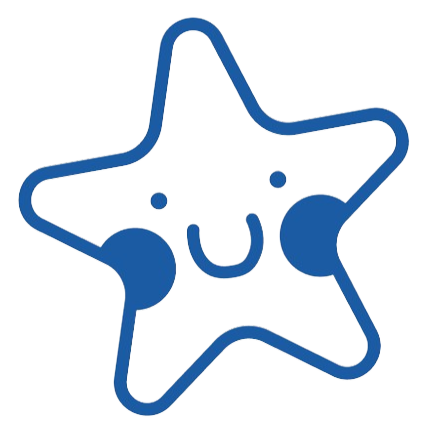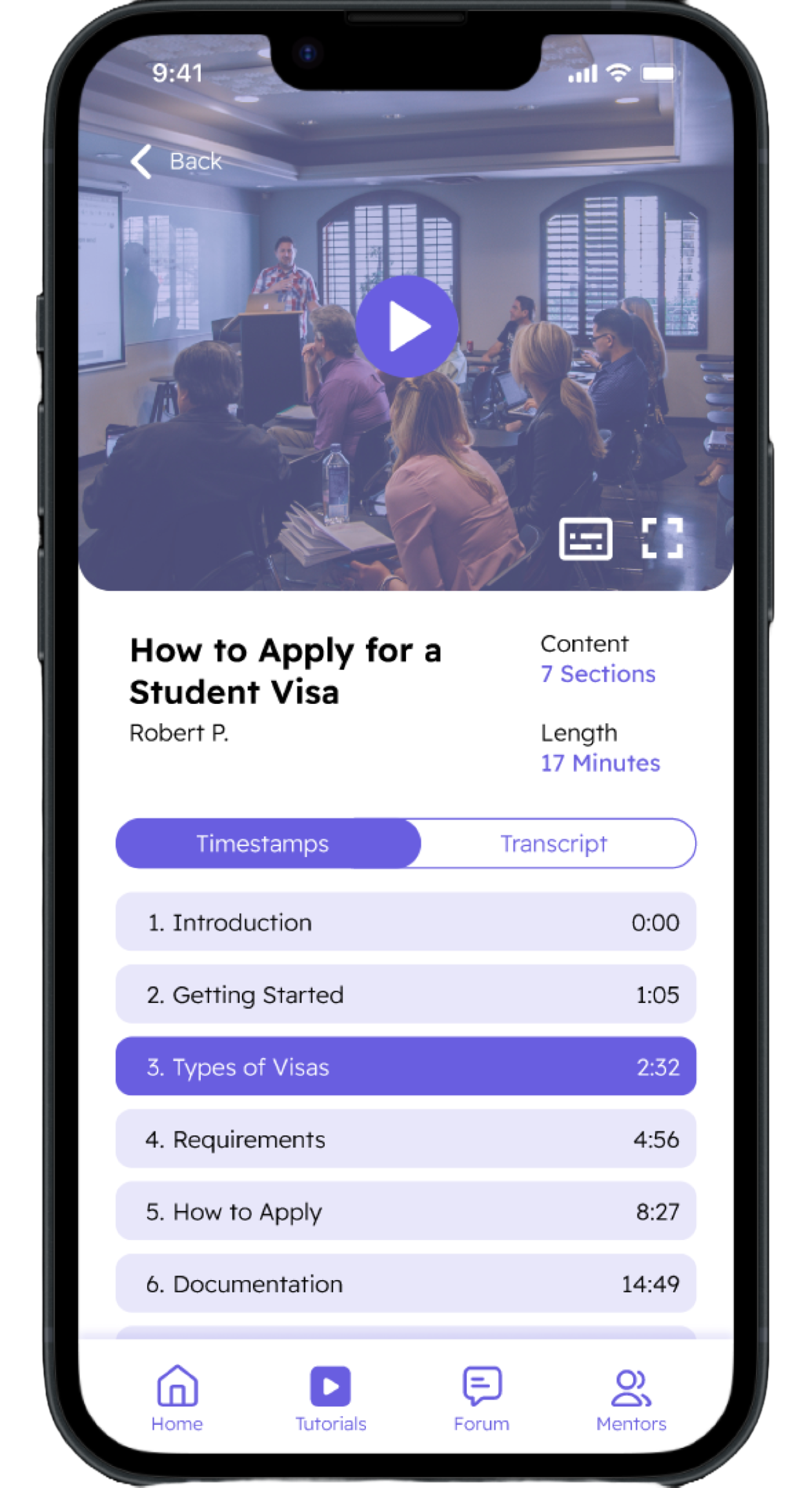
International Student Well-Being
Role: UX Researcher, UX Designer
Team: Katherine Phung, Jorina Chen, Cayson Yim, Giselle Helding, Joshua Moon
Timeline: 11 Weeks (January - April 2023)
Tools: Figma, Miro, Google Suite, Google Scholar, Zoom
Result: Tied for 1st place out of 13 teams
Project Overview
In 2022, OpenIDEO hosted a design challenge on digital thriving, with co-sponsors including Riot Games, FairPlay Alliance, Sesame Workshop, and IDEO. Our Informatics 132 class at the University of California, Irvine, led by Dr. Layne Jackson Hubbard, used OpenIDEO's design question as our inspiration for UX research & design: How might we design healthy, inclusive digital spaces that enable individuals and communities to thrive?
Context
“I’m insecure about my future”
“I don’t want to talk about my weaknesses”
“I don’t want to burden my parents”
International student face many challenges in the United States. Due to strict barriers and regulations of the job market for international workers, these students experience uncertainty about their career and immigration status in post-graduate life causing stress and anxiety for international students as they face pressure to both succeed academically and in finding employment. Many international students also face a cultural stigma against mental health, which makes them hesitant to seek resources that would support them.
Problem & Solution
How might we support & nurture the mental well-being of international students in the United States to better raise awareness of the challenges they face due to employment prospects whilst maintaining their immigration status?
We designed a mobile application to support international student’s mental well-being in online spaces while facing stress and anxiety when job searching in order to maintain their visa status. Our application will help international students meaningfully connect with others online to help them create a positive outlook on their future thus benefiting their mental health.
The Product
Tutorials
Users will be able to watch video tutorials which act as workshops to guide users through topics to support their mental well-being and career prospects. These workshops are hosted by mentors whom users can contact within the application.
Mentors
Users will be able to chat or call with mentors and ask them any questions related to the mentors job profession as well as provide helpful advice. Users can search and contact mentors based on their occupation.
Forum
Users will be able to post, comment, and read forum posts from other users which include mentors and international students. This allows users to have a digital space for peer-to-peer interactions to share their experiences and support one another.
Core Stakeholders
Through iterative rounds of research, we identified 3 core stakeholders in our design space.
International Students: Direct stakeholders who came to the United States to study but face pressure and stress when searching for a job.
Professors: Indirect stakeholders whose profession affects an international students overall experience at universities as they facilitate and provide assistance.
Professionals: Indirect stakeholders who are individuals such as hiring managers and organizers recruiting international students who seek internships, jobs, or growth opportunities.
Secondary Research
Utilizing the literature review method, we examined multiple articles which helped us learn more about the context surrounding mental wellness and regulations related to the process of applying for student visas.
Source 1: Career Barriers and Coping Efficacy with International Students in Counseling Psychology Programs
This study identifies 5 barriers international students encounter:
1. Interpersonal Stress
2. Language Barriers
3. Financial Pressures
4. Advising Concerns
5. Visa and Immigration Related Stress
Source 2: Challenges of International Students from Pre-Departure to Post-Study: A Literature Review
“Nearly half of the international students who return to their home country from the US after graduation reported work-related issues as the primary reasons for returning.”
Source 3: Culture Negotiation: Investigating International Students During their Opt Experiences
"There were two common negative themes expressed by the international students. One was about uncertainty and another one was about stress and anxiety."
Primary Research
Semi-Structured Interviews with Stakeholders
We recruited 10 participants, all of which were either international students, professors, or hiring managers and we conducted semi-structured interviews remotely, using Zoom and Discord. This allowed us to better understand the international students' concerns and challenges when facing career prospects and maintaining their immigration status.
Data Analysis: Affinity Diagramming
We affinity diagrammed on Miro Board where we analyzed our data by collecting and grouping the data points that are similar to one another, then finding the themes among the grouped data. We discovered that participants:
Want accessible information and resources
Want information available in one place
Have anxiety trying to find a job in the United States
Feel stressed about their future after graduating
Ideation
Looking through our research, data, and stakeholder requirements, we brainstormed different ideas that would fulfill our design question and came up with three concepts:
Mobile Application
The app offers career help through mentors and video tutorials, along with peer-to-peer support for well-being.
Workshops
In-person workshops focusing on career development hosted by companies and college organizations.
Social Media Posts
Infographics posted on social media that would provide links to resources and applications for future career prospects.
We conducted concept testing with 10 participants who are all core stakeholders. Through affinity diagramming, we discovered a mobile application would be the most suitable to accomplish our goals.
Prototyping
Storyboarding
Low Fidelity Prototype
Thematic Analysis
Using our prototype testing data, we conducted a thematic analysis on using Miro Board to identify common themes and identified:
Participants desired more interactivity with the design, or with other people facilitated by our platform
International students feel worried about developing enough experience required for entry-level jobs
International students typically look up information, ask friends/peers, or use existing platforms like LinkedIn or Handshake to find career development information
Indirect stakeholders have no ability to engage with the design
Style Guide
Final Prototype
Next Steps & Takeaways
For the next step of our application, we would like to conduct usability testing to measure the impact on well-being after using of our design. We would also like to collaborate with universities and industry hiring professionals to potentially implement/share our application through their respective career and counseling centers.
This project taught me the importance of iterating on our design concepts and that things won’t always go right the first time. We went through multiple design questions starting from a broad design space to a specific problem area that we wanted to solve. But, in the end we were able to find our design space through our ux research process.
Thank You
We would like to thank Dr. Hubbard for introducing us to this design challenge and for all the help and support she has given us throughout our project! Also, we would like to thank all our interviewees who took the time out of their day to tell us more about their experiences. Finally, we would also like to thank Riot Games, IDEO, Fair Play Alliance, Joan Ganz Cooney Center at Sesame Workshop for the Designing for Digital Thriving Open Innovation Challenge and for encouraging students to design for digital thriving!









